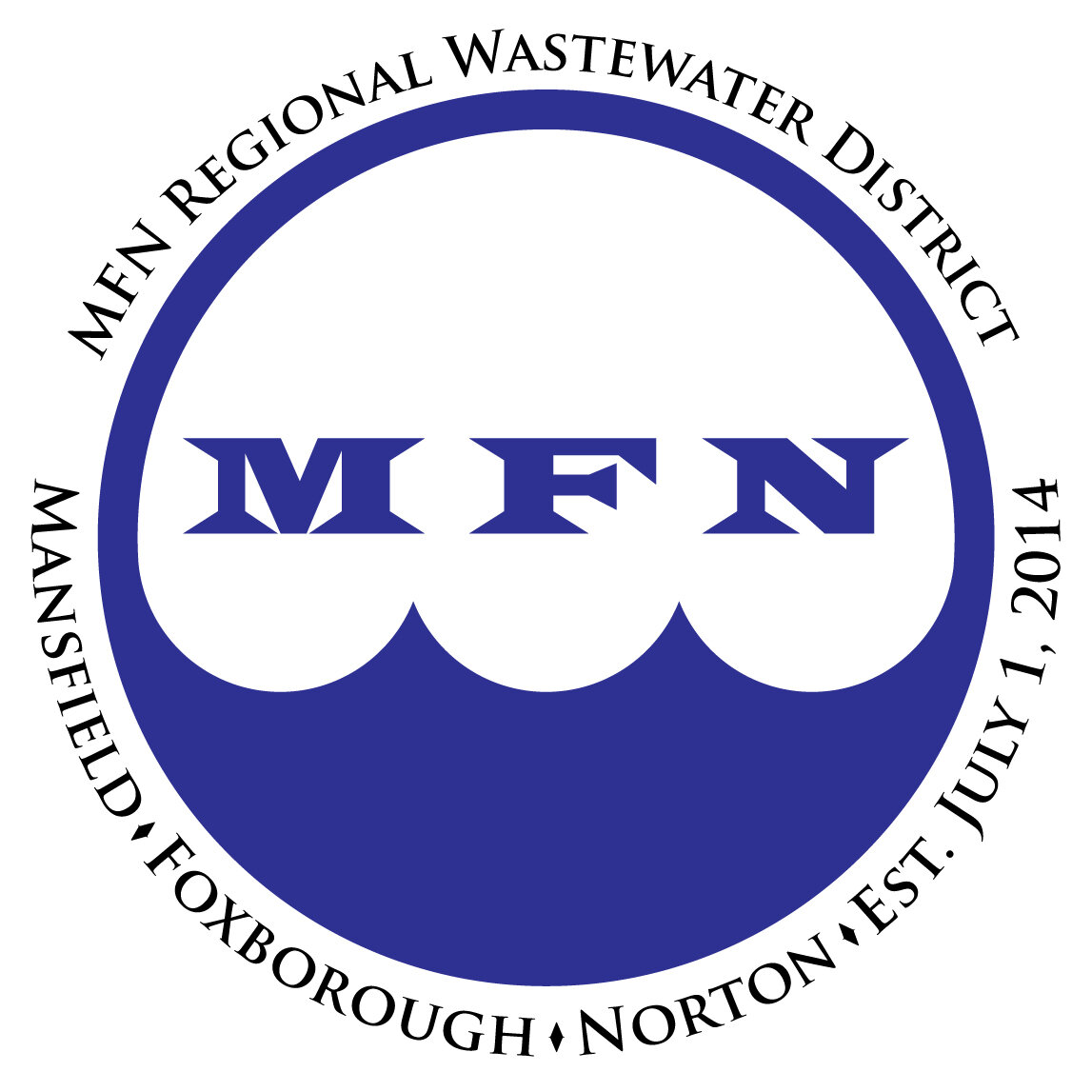Water Pollution Control Facility Upgrade and Expansion
The upgrade and expansion to the MFN Regional Wastewater District Water Pollution Control Facility represents a significant achievement in engineering, utilizing state-of the-art technology to improve hydraulic capacity and treatment effectiveness for watershed nutrients of concern such as nitrogen and phosphorus. The upgraded plant brings significant environmental benefits to the Three Mile River in Norton, MA, while providing equally significant financial savings for the three towns of the District through shared resources and reduced costs. As such, this project paves the way for increased regional commercial smart development in an environmentally responsible manner.
This project was completed in 2018.
The Upgrades and Expansion
The project involved upgrades to and the expansion of several aspects of the facility, including:
Influent Pumping: The plant was constructed with four raw influent pumps on eddy current variable speed drives. Modern eddy current drives were utilized to accommodate operator requests for robust performance and reliability.
Headworks: The headworks (screening and aerated grit) was upgraded, and new screens were selected to improve capture rates while allowing more flow through the facility.
Primary Treatment: A third primary clariflocculator was added with a second primary sludge pumping station to meet capacity needs. A new primary junction box was added to better distribute flow to the three tanks and collect scum.
Aeration: New anoxic tanks upstream were added to the existing aeration tanks and existing tanks were reconfigured with fiberglass reinforced plastic baffle walls to accommodate a plug flow four-stage process. Surface aerators were replaced with fine bubble diffusers and new positive displacement blowers located in the gallery of the existing administration and process building.
Secondary Treatment: Secondary capacity was supplemented with a third clarifier and increased pumping capacity in the existing secondary gallery.
Effluent Filters: Traveling bridge sand filters for effluent polishing were retrofitted with traveling bridge style 5-micron cloth filters which work with the new biological processes to accommodate year-round reductions in effluent phosphorus, including a very low summer limit.
Disinfection: New chlorine contact tanks were added to comply with the contact time guidance of TR-16. Chemical storage facilities for sodium hypochlorite and sodium bisulfite were also updated with new tanks, leak detection, etc. In the end, a unique configuration was developed for the chlorine contact tanks to allow operators the flexibility to send flow to either surface water discharge or groundwater recharge depending on flow conditions and seasonal constraints.
Chemical Addition: New and updated chemical storage and delivery systems were designed for the plant. Use of ferric chloride was supplemented with carbon to help a new four-stage process. Also, magnesium hydroxide was introduced to replace the use of lime and improve many aspects of plant maintenance and basic housekeeping.
Yard Piping and Site Improvements: Plant-wide yard piping and site improvements were necessary to accommodate the upgrade.
Electrical and Supervisory Control and Data Acquisition Improvements: The plant-wide electrical infrastructure was upgraded to make use of existing motor control centers, power panels where appropriate, and expand where needed. Supervisory control and data acquisition (SCADA) was a focus of the upgrade, allowing a higher level of monitoring and process control.
Results
The facility upgrade expands the plant’s capacity by 1 million gallons-per-day (mgd), from 3.14 mgd to 4.14 mgd, raising each town’s allotment. The final expansion wastewater flows are:
Mansfield: 665,000 gallons per day (gpd)
Foxborough: 170,000 gpd
Norton: 165,000 gpd
Since the project’s completion, the Town of Mansfield has realized approximately a 25% cost savings with this regional solution, and the other two towns are likely to see similar savings. This project is also a showcase for the regionalization of municipal infrastructure and shows how pooling resources can reduce the burden on all parties involved. The result of this project is a modern, reliable, expanded Water Pollution Control Facility that achieves a higher level of treatment while treating more wastewater and reducing overall costs for all three towns.

